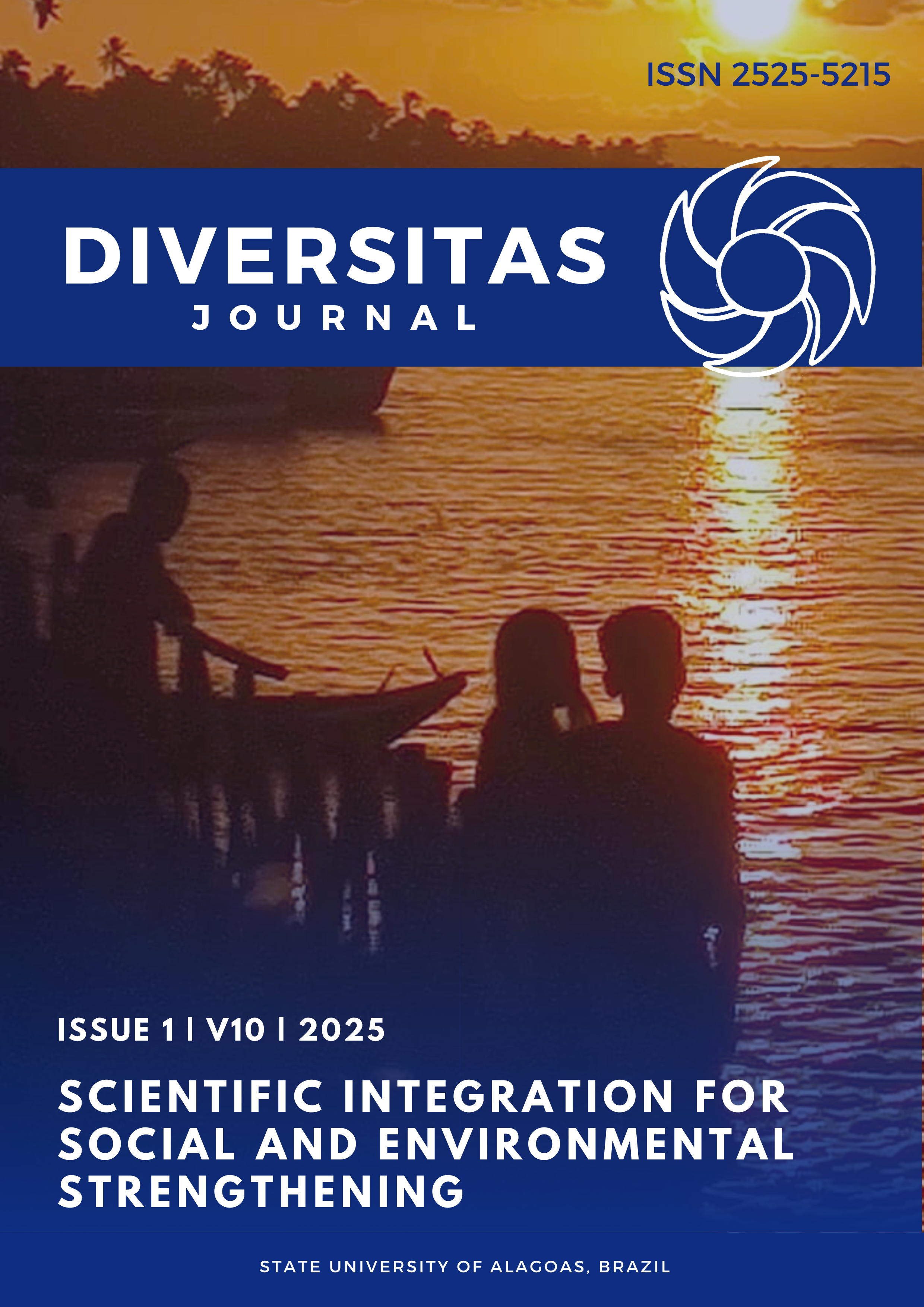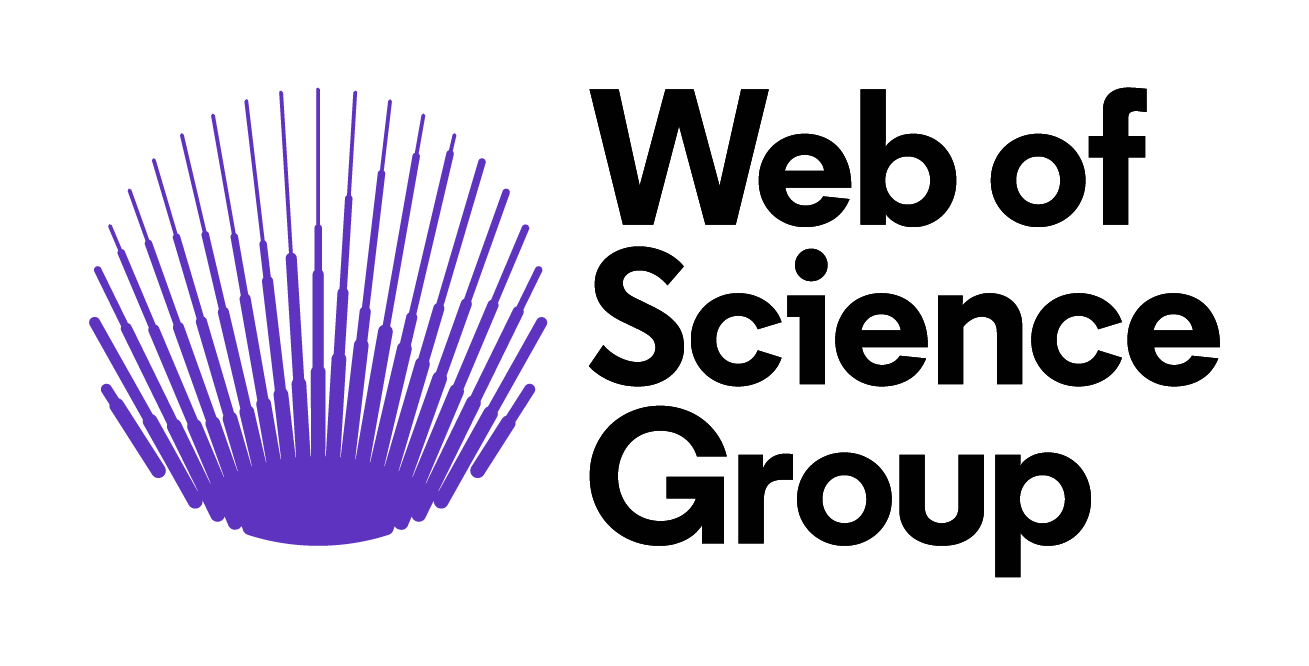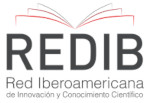Avaliação da adoção da aprendizagem flexível pelos professores do ensino secundário filipino
DOI:
https://doi.org/10.48017/dj.v10i1.3146Palavras-chave:
Aprendizagem Flexível, Utilização de Tecnologia, Sistemas de Gerenciamento de Aprendizagem (LMS), Conectividade com a Internet Ferramentas EducacionaisResumo
Os educadores foram levados a adotar novas plataformas e ferramentas tecnológicas para melhorar as experiências de ensino e aprendizagem devido ao aumento do aprendizado flexível. Este estudo investiga de que maneiras os professores do ensino médio da DepEd nas Filipinas utilizam diferentes tipos de acesso à internet, dispositivos, planos de dados e plataformas de mídias sociais. Para coletar os dados de uma amostra de conveniência de professores, foi distribuída uma pesquisa online utilizando uma abordagem quantitativa. O objetivo da pesquisa foi determinar se e em que medida esses aspectos técnicos afetam a eficácia e a satisfação no ensino flexível. Os resultados mostraram que as plataformas de videoconferência e os sistemas de gerenciamento de aprendizagem (LMS) são essenciais, sendo que as ferramentas de videoconferência ocupam o segundo lugar e os LMS exibem a maior utilização. O dispositivo mais popular agora é o telefone móvel, e o sistema operacional mais utilizado é o Android. Embora um grande número de usuários tenha acesso consistente a uma internet rápida, uma parcela significativa continua lidando com conexões lentas e instáveis. Entre as plataformas de mídias sociais mais populares para educação, o Facebook Messenger tem o apoio da maioria dos entrevistados e oferece taxas de dados ilimitadas. Os resultados mostram que os sistemas de gerenciamento de aprendizagem (LMS) e as ferramentas de videoconferência são fundamentais, apontam para locais onde outras tecnologias poderiam ser melhor integradas e destacam a influência que a baixa qualidade da internet tem sobre a eficácia do ensino. Este estudo ajuda a preencher lacunas no conhecimento sobre o panorama tecnológico em salas de aula online e híbridas e oferece sugestões para melhorar os métodos de ensino. Seria benéfico para estudos futuros investigar como esses aspectos tecnológicos se relacionam com resultados específicos em termos de eficácia instrucional e engajamento dos estudantes.
Métricas
Referências
Abel, J. A. (2020, June 4). The phenomenon of learning at a distance through emergency remote teaching amidst the pandemic crisis. http://www.asianjde.com/ojs/index.php/AsianJDE/article/view/453
Abenes, F. M. D., Caballes, D. G., Balbin, S. A., & Conwi, X. L. (2023). Gamified mobile apps’ impact on academic performance of grade 8 in mainstream physics class. Journal of Information Technology Education: Research, 22, 557-579. https://doi.org/10.28945/5201
Andrade, C. (2020). Mean difference, Standardized Mean Difference (SMD), and their use in Meta-Analysis. The Journal of Clinical Psychiatry, 81(5). https://doi.org/10.4088/jcp.20f13681
Andrade, R., Panoy, J. F., Febrer, L., & Ching, D. (2022, July 1). Perceived Proficiency with Technology and Online Learning Expectations of Students in the Graduate Program of One State University in the Philippines. https://papers.ssrn.com/sol3/papers.cfm?abstract_id=4123678
Arinto, P. B. (2013). A framework for developing competencies in open and distance e-learning. The International Review of Research in Open and Distributed Learning, 14(1), 167. https://doi.org/10.19173/irrodl.v14i1.1393
Balbin, S., & Balbin, F. M. A. (2024). Percepções dos alunos sobre a integração da sustentabilidade no ensino de Estudos Sociais. Diversitas Journal, 9(3). https://doi.org/10.48017/dj.v9i3.3036
Bower, H., Frisell, T., Di Giuseppe, D., Delcoigne, B., Ahlenius, G., Baecklund, E., Chatzidionysiou, K., Feltelius, N., Forsblad-d’Elia, H., Kastbom, A., Klareskog, L., Lindqvist, E., Lindström, U., Turesson, C., Sjöwall, C., & Askling, J. (2021). Impact of the COVID-19 pandemic on morbidity and mortality in patients with inflammatory joint diseases and in the general population: a nationwide Swedish cohort study. Annals of the Rheumatic Diseases, 80(8), 1086–1093. https://doi.org/10.1136/annrheumdis-2021-219845
Buchner, J., Buntins, K., & Kerres, M. (2021). The impact of augmented reality on cognitive load and performance: A systematic review. Journal of Computer Assisted Learning, 38(1), 285–303. https://doi.org/10.1111/jcal.1261
Camilleri, M.A., & Camilleri, A.C. (2022). The Acceptance of Learning Management Systems and Video Conferencing Technologies: Lessons Learned from COVID-19. Tech Know Learn, 27, 1311–1333. https://doi.org/10.1007/s10758-021-09561- y
Canton, H. (2021). Organisation for Economic Co-Operation and Development—OECD. In Routledge eBooks (pp. 677–687). https://doi.org/10.4324/9781003179900-102
Castro, M. C. S. A. (2019). The impact of Information and Communication Technology on Pedagogy: Benefits, Issues, and Challenges. Tamansiswa International Journal in Education and Science (TIJES), 1(1), 28-35. http://jurnal.ustjogja.ac.id/index.php/TIJES
Chmielarz, W. (2020). The usage of smartphone and mobile applications from the point of view of customers in Poland. Information, 11(4), 220. https://doi.org/10.3390/info1104022
Cullinan, J., Flannery, D., Harold, J. et al. (2021). The disconnected: COVID-19 and disparities in access to quality broadband for higher education students. Int J Educ Technol High Educ, 18, 26. https://doi.org/10.1186/s41239-021-00262-1
Dalmaijer, E. S., Nord, C. L., & Astle, D. E. (2022). Statistical power for cluster analysis. BMC Bioinformatics, 23, 205. https://doi.org/10.1186/s12859-022-04675 -1
Davidse, Z. A. A. (2021, March 1). Learning by design: Enhancing the digital literacy of adult learners in a blended learning environment. https://scholar.sun.ac.za/items/d57e6e2a-2236-4e6a-a778-32d0cb025bd7
Dorman, C., Perera, A., & Condon, C. (2021). Factors associated with willingness to be vaccinated against COVID-19 in a large convenience sample. J Community Health, 46, 1013–1019. https://doi.org/10.1007/s10900-021-00987-0
Filho, W. L., Salvia, A. L., Abubakar, I. R., Mifsud, M., Azadi, H., Sharifi, A., LeVasseur, T., Luetz, J. M., Velazquez, L., Singh, P., Pretorius, R., Akib, N. A. M., Savelyeva, T., Brandli, L., Muthu, N., & Lombardi, P. (2022). Impacts of the COVID-19 pandemic on routines of higher education Institutions: A global perspective. Sustainability, 14(21), 14105. https://doi.org/10.3390/su142114105
Garg, S., & Baliyan, N. (2021). Comparative analysis of Android and iOS from security viewpoint. Computer Science Review, 40, 100372. https://doi.org/10.1016/j.cosrev.2021.100372
Gupta, T., Shree, A., Chanda, P., & Banerjee, A. (2023). Online assessment techniques adopted by the university teachers amidst COVID-19 pandemic: A case study. Social Sciences & Humanities Open, 8(1), 100579. https://doi.org/10.1016/j.ssaho.2023.100579
Haleem, A., Javaid, M., Qadri, M. A., & Suman, R. (2022). Understanding the role of digital technologies in education: A review. Sustainable Operations and Computers, 3, 275–285. https://doi.org/10.1016/j.susoc.2022.05.004
Hennessy, S., D’Angelo, S., McIntyre, N., Koomar, S., Kreimeia, A., Cao, L., Brugha, M., & Zubairi, A. (2022). Technology use for teacher professional development in low- and middle-income countries: A systematic review. Computers and Education Open, 3, 100080. https://doi.org/10.1016/j.caeo.2022.100080
Hilton, J. (2020). Open educational resources, student efficacy, and user perceptions: A synthesis of research published between 2015 and 2018. Education Tech Research Dev, 68, 853–876. https://doi.org/10.1007/s11423-019-09700-4
Lian, Z., Sun, H., Sun, L., Chen, K., Xu, M., Wang, Y., Liu, Y., He, Y., Zhao, J., Liu, B., Yi, J., Wang, M., Cambria, E., Zhao, G., Schuller, B. W., & Tao, J. (2023). MER 2023: Multi-label learning, modality robustness, and semi-supervised learning. In Proceedings of the 31st ACM International Conference on Multimedia (MM '23), 9610–9614. https://doi.org/10.1145/3581783.3612836
Makki, A., & Bali, A. O. (2021). The use of social media as a platform in education: Ramifications of COVID-19 in Iraq. Academic Journal of Interdisciplinary Studies, 10(3), 394. https://doi.org/10.36941/ajis-2021-0093
Manca, S. (2020). Snapping, pinning, liking or texting: Investigating social media in higher education beyond Facebook. The Internet and Higher Education, 44, 100707. https://doi.org/10.1016/j.iheduc.2019.100707
McGrath, S., Zhao, X., Steele, R., Thombs, B. D., Benedetti, A., Levis, B., Riehm, K. E., Saadat, N., Levis, A. W., Azar, M., Rice, D. B., Sun, Y., Krishnan, A., He, C., Wu, Y., Bhandari, P. M., Neupane, D., Imran, M., Boruff, J., Zhang, Y. (2020). Estimating the sample mean and standard deviation from commonly reported quantiles in meta-analysis. Statistical Methods in Medical Research, 29(9), 2520–2537. https://doi.org/10.1177/0962280219889080
Downloads
Publicado
Como Citar
Edição
Seção
Licença
Copyright (c) 2025 Samuel Balbin, Faith Micah Abenes-Balbin, Ma. Eugenia Yangco, Kristine Opulencia

Este trabalho está licenciado sob uma licença Creative Commons Attribution 4.0 International License.
O periodico Diversitas Journal expressa que os artigos são de unica responsabilidade dos Autores, conhecedores da legislação Brasileira e internacional. Os artigos são revisados pelos pares e devem ter o cuidado de avisar da possível incidencia de plagiarismo. Contudo o plagio é uma ação incontestavel dos autores. A Diversitas Journal não publicará artigos com indicios de Plagiarismos. Artigos com plagios serão tratados em conformidade com os procedimentos de plagiarismo COPE.
A violação dos direitos autorais constitui crime, previsto no artigo 184, do Código Penal Brasileiro:
“Art. 184 Violar direitos de autor e os que lhe são conexos: Pena – detenção, de 3 (três) meses a 1 (um) ano, ou multa. § 1o Se a violação consistir em reprodução total ou parcial, com intuito de lucro direto ou indireto, por qualquer meio ou processo, de obra intelectual, interpretação, execução ou fonograma, sem autorização expressa do autor, do artista intérprete ou executante, do produtor, conforme o caso, ou de quem os represente: Pena – reclusão, de 2 (dois) a 4 (quatro) anos, e multa.”


















